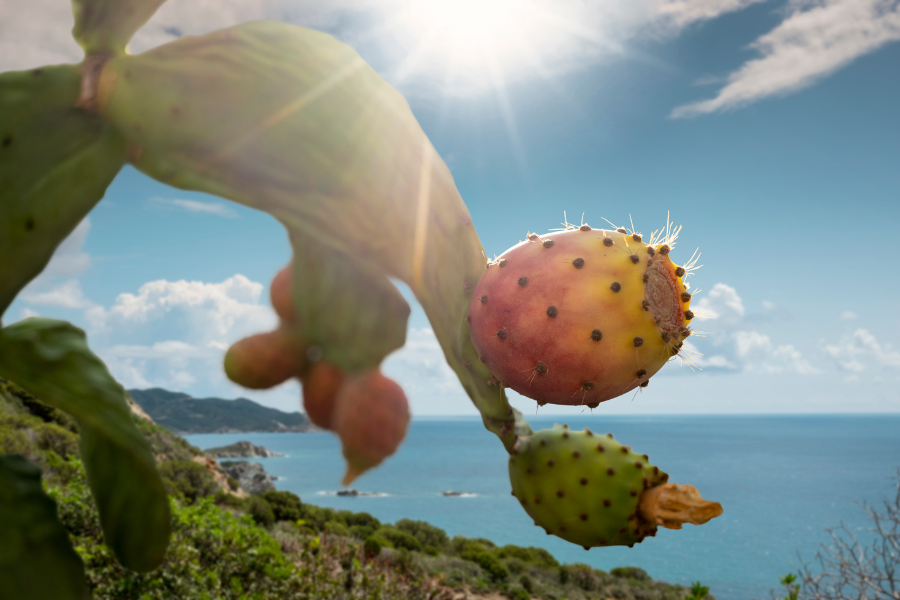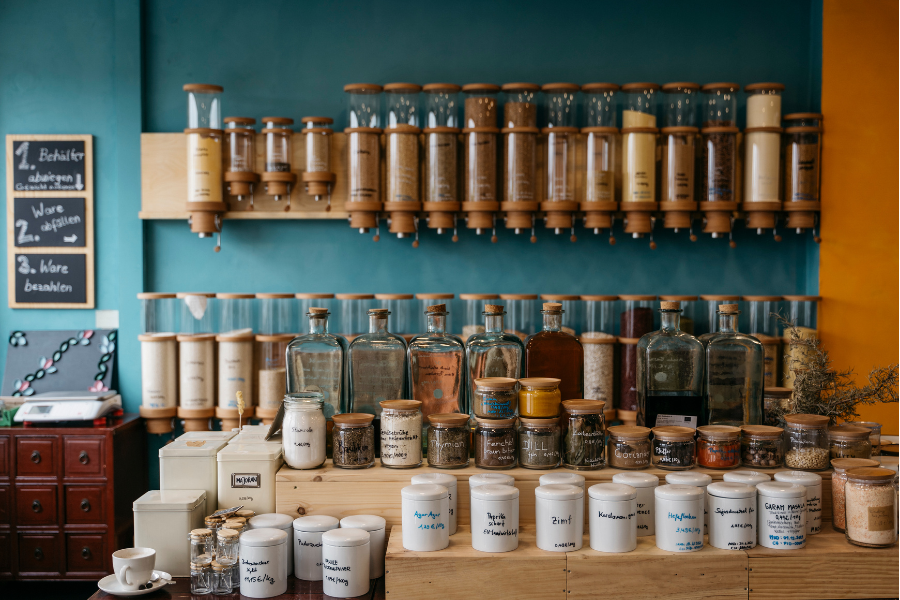The Opuntia, also called Prickly Pear or Nopal cactus, is an amazingly sustainable and regenerative plant that can be processed in a myriad of useful ways. The many applications of this plant could easily lend itself to be produced within a circular economy model over various industries.
How Prickly Pear Cacti Could Benefit Society
1. Food For People
Evidence shows that the Opuntia has been consumed by humans for over 8,000 years. The cactus pad, flower and fruit are edible for humans. When preparing both the fruit and the pad, the cactus spines need to be properly removed.
The fruit, also known as tuna, comes in various colors like pink, red, purple, yellow, orange and green. They are sweet, with lots of seeds and can be eaten raw or made into juices and jams. In traditional Mexican cuisines the pad or nopale can also be prepared both cooked and raw.
2. Feed For Livestock
Prickly pears can also help farmers feed their livestock when they are in a pinch. Sheep have been shown to survive 8 months eating only these cacti. Also, cattle and goats maintained their weight when eating them exclusively for three months.
The Opuntia have loads of vitamins and minerals, but not much protein. So ideally, livestock need a more varied diet. However if there happens to be a dry season that affects feed, farmers have the prickly pear cactus as a supplement or even a backup.
3. Health And Nutritional Benefits
Opuntia Ficus India are filled with dietary fiber and have plenty of vitamin K, C, E, B, magnesium, potassium and calcium. They contain minerals and antioxidant compounds such as phenolic acid and flavonoids.
They have been shown to benefit liver health, blood sugar management, weight loss, diabetes, cholesterol, hair and skin. The flavonoid content in this type of cacti have been shown to have neuroprotective effects.
Although they have lots of beneficial properties, it’s important to not overindulge. When eating in excess, the seeds can cause obstruction in the intestines and the high fiber content can cause bloating and diarrhea.
4. Medicinal Properties
The prickly pear cactus has lots of medicinal elements that have been used in both traditional and modern medicines. In fact, the first records that we have of this plant being used as a medicine is from the Aztecs.
The Opuntia has great antiviral properties. It’s been used for different autoimmune diseases. Folk medicines used its juices to help with hepatitis. Some initial research shows that it can prevent HIV and herpes.
The plant has active anti-inflammatory properties that have been shown to help treat joint pain, treat gastritis and help treat hangovers.
The Opuntia have also proven to have some topical applications. Traditionally it was used for wound healing, treating burns and edema.
Other medicinal uses include helping with infertility, treatment against ulcers and against enlarged prostates. There is also evidence that it can help treat prostate cancer.
5. Biofuel
In Mexico, nopales have been labeled as “green gold” because of its ability to become biofuel. A company that creates nopales flour for tortillas, uses the inedible plant scraps for fuel. The waste products from the flour production are turned into pulp, mixed with cow dung and fermented. This liquid is distilled and becomes fuel.
This fuel has been powering buildings in the Mexican desert and official city vehicles in Zitácuaro, Mexico.
There are four major advantages to using Optunia as a biofuel over the use of other crops, like soy, corn, sugar and palm oil, which are commonly used for biofuel. Firstly, nopales require little water. They need 80% less water than these traditional crops.
Secondly biofuels from nopales promote more diversity in ecosystems in comparison to its counterparts. One of the biggest negatives of these common crops is that they are produced in large monocultures with the use of many pesticides.
Nopales need fewer pesticides and can be part of a thriving biodiverse landscape. By switching, a lot of these lands that would have been used as monocultivations, could be diversified.
Thirdly, deforestation is another major issue with soy and palm oil production. Rainforest Foundation Norway reported that harvesting these two crops for biofuel would lead to 7 million hectares of tropical deforestation by 2030.
Lastly, using Opuntia as a biofuel promotes a circular economy model. By integrating another industry, like food production, the Opuntia based biofuel production would become circular. The waste products from the food industry get repossessed and processed into fuel.
> Find out about circular economy here
> Find out about mono cultivations and how they are unsustainable here
6. Could Replace Plastic
As many know, plastic has become a huge problem. The world produces 400 million tons of plastic waste a year and it takes up to 500 years to decompose.
Mexican researcher and bio engineer, Sandra Pascoe has been leading research on using Opuntia as a plastic alternative. She’s been processing the juices of the cacti to create bioplastic products such as toys, bags, cling film and other objects.
This process doesn’t use crude oil like in regular plastic manufacturing and is carbon neutral. The bioplastic produced is non toxic to humans and animals and is made from a renewable source. The Opuntia leaves regenerate and don’t need to be grown from seed like for corn based bioplastics.
Finally, Opuntia based bioplastics degrade after 7 days when left in water or two to three months when left out in nature.
7. Vegan Leather
The fashion industry is another major world polluter, creating an estimated 92 million tons of textile waste yearly and 10% of the world’s carbon emissions.
To add to this, leather production is just an all around horrendous industry for animals, the environment and local communities. Obtaining leather has been heavily criticized for the unethical treatment of animals.
Tanneries that process the leather use incredibly toxic dyes and heavy metals to process the raw material. The chemical waste produced by these places pollute the environment and poison local communities.
Because of these issues, there’s been a push towards synthetic leather. In 2021 the synthetic leather market was valued at 33.7 billion dollars and is expected to grow by 8% by 2030.
However, this new type of leather might not actually be a solution as it is also super damaging to the environment. The typical synthetic leather is made from a plastic called PVC.
These also use toxic substances to process and are non biodegradable.
A solution is creating leather-like material from cacti. They can be made into various thicknesses and colors. They can be used not only in the fashion industry with clothing, shoes, handbags and accessories, but also in sports equipment, interior furnishing, and the automotive industry.
Some major benefits of using these plants to produce leathery fabric is:
- they are made from renewable plants
- they are biodegradable
- the cacti require less water
- these plants sequester carbon
- pesticides are not used.
Desserto, a Mexican company, introduced this innovative material in 2019. They plant the Opuntia in its native land and harvest the cacti for both the leather and the food industry.
8. Useful In Restoration, Construction, Furnishing And Design
In Mexico, the juices of the Nopal have been used to preserve ancient wall painting and also as a biological additive for building mortar. These products allow restoration and building materials have better structure and become more durable.
The fibrous inner structure of a nopal cactus can be processed into a wood-like material. In Italy, this woody fiber has been used to create various furniture and design pieces.
9. A Natural Fence That Also Prevent Fires
perfect to prevent unwanted people and larger animals from coming into your property.
As an added plus, they could protect the property from fire. In these hot and dry environments, in which these cacti grow, wildfires have unfortunately become more and more prevalent. Summers in the south of Italy have seen an average of 30 wildfires a day.
The fire-breaking properties are due to the water content stored in its pads and the moisture it creates in its surrounding soil.
10. Biological Dye
Both the fruit and a common insect found on the Opuntia cactus can be harvested to create a natural dye.
A study that used the juice of the red cactus fruit to dye wool said this dye “provide[d] bright hues and a color fastness properties” (Ali, Journal of Saudi Chemical Study). They considered this natural compound to be an excellent dye, with antimicrobial properties that when processed could help with the synthesis of dye molecules.
Another natural dye that has been used for thousands of years, starting with the Mayans and Aztecs, comes from an insect found on the Opuntia pads. These insects are called the Cochineal. At first glance this insect looks wooly and white. When crushed, a bright crimson color is released.
This vibrant red dye is widely used by the name E120, carmine, natural red 4 or crimson lake. It is used across all industries including textile, food, and makeup.
Sources:
- Ali, N.F. “Eco-friendly and protective natural dye from red prickly pear (Opuntia Lasiacantha Pfeiffer) plant,” Journal of Saudi Chemical Society, July 2011. Volume 15, Issue 3, page 257 – 261.
- “Clinical Overview of Prickly Pear,” July 2021. Drugs.com.
- “Cochineal Insect: The Natural Dye,” June 2021. World Birding Center – Edinburg.
- Desserto – Cactus Vegan Leather.
- El-Mostafa, Karym, Et al. “Nopal Cactus (Opuntia ficus-indica) as a Source of Bioactive Compounds for Nutrition, Health and Disease,” Molecules. 2014 Sep; 19(9): 14879–14901. National Library of Medicine – National Center for Biotechnology Information.
- Ho, Sally. “Could Biofuels Worsen Deforestation? A New Report Reveals Potential Harm Of ‘Eco-Friendly’ Alternative,” Green Queen, May 2020.
- Kozsan, Tiffany. “Study shows cactus pear as drought-tolerant crop for sustainable fuel and food,” Nevada Today, March 2021.
- Madrigal-Santillan, Eduardo. et al. “Opuntia genus in Human Health: A Comprehensive Summary on Its Pharmacological, Therapeutic and Preventive Properties. Part 1,” Horticulturae, 2022, 8, 88.
- Madrigal-Santillan, Eduardo. et al. “Opuntia genus in Human Health: A Comprehensive Summary on Its Pharmacological, Therapeutic and Preventive Properties. Part 2,” Horticulturae, 2022, 11, 2333.
- Market Analysis Report: “Synthetic Leather Market Size, Share & Trends Analysis Report By Type (PU, PVC, Bio-based), By Application (Footwear, Clothing, Furnishing, Automotive, Wallets, Bags & Purses), By Region, And Segment Forecasts, 2022 – 2030,” Grand View Research
- Sipango, Nkosomzi, Et al. ” Prickly Pear (Opuntia spp.) as an Invasive Species and a Potential Fodder Resource for Ruminant Animals,” Sustainability 2022.
- Trancozo – Trevino, Miguel. “The remarkable power of the prickly pear,” Future Planet.
- Wilson, M. F., “Medicinal Plant Fact Sheet: Opuntia: Prickly Pear Cactus.” IUCN Medicinal Plant Specialist Group, PCA-Medicinal Plant Working Group, and North American Pollinator Protection Campaign, October 2007.






